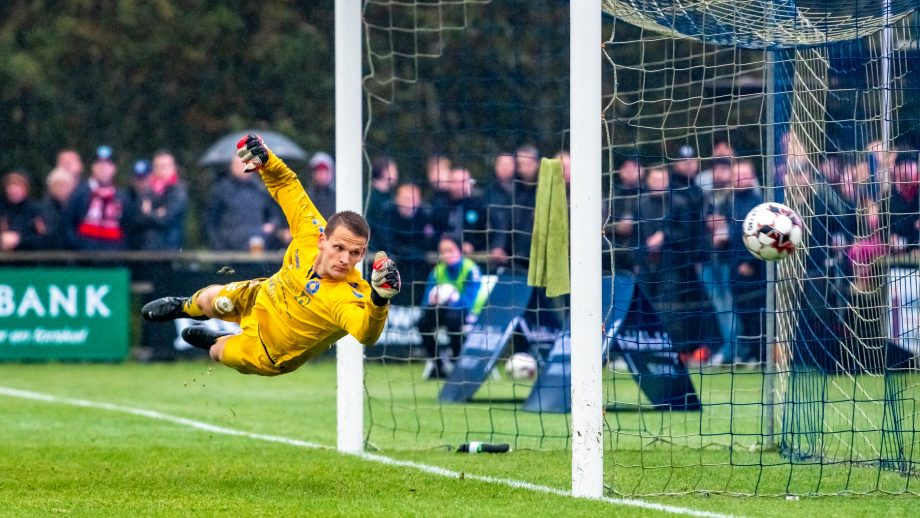“I like to think that the way a coaching staff works and builds the team identity could be the main attraction to an athlete to join our team, but that is not the reality: results, facilities, reputation, level of play, players/coaches’ history of going somewhere better… All of them play a big role, but from all these points above, how many can you control?”
This was the quote I used to end our introduction to “Recruiting”. It is no lie; in sports we are constantly competing with someone else. As a club/team/school, we compete for games, for fans, for state funds, for athletes, for facilities (in some cases), etc. Every big decision we make will usually have consequences not only for us, but for our competitors. Using college soccer as an example: there are more than 1,400 programs in the entire country. All of them have a field, a coach, and players that leave the team every year and they look to replace them with better players and opportunities year after year. In most opportunities, student athletes and their parents look for their best financial offer to play at the highest possible level, which means schools with bigger budgets and more scholarship opportunities will have an advantage in recruiting. As a coach, there isn’t much you can do to compete with those schools when it comes to scholarships, but what about the rest?
In division 3 soccer, schools don’t offer athletic scholarships, even though they have plenty of academic ones. In a division where money does not influence as much as in others, how are coaches and programs differentiating themselves? Yes, facilities, results, history, all that matters, but schools still need to find athletes every year, and as I have mentioned, you are always competing with someone else. More than a right answer, it is important to have an answer when it comes the time of recruiting and meeting student athletes and parents: if you have a specific style of play, show it in document or video. If you have a team with plenty of international students from all over the world, show how that impacts their lives after college and how different their experience will be by being part of your team. If you have a record of developing players from freshman year until their senior year, give them clear and real-life examples of the work that has been done and how that will be applied to that specific person.
In today’s world, a resume is very valuable, but people will always value more what they can actually see and feel. Images, videos, documents, but also real words and promises that a student will feel something different than all the other 20 schools they have visited. There are no right or wrong answers in recruiting, but I am sure that the need to have those answers when recruiting season comes is massively important.

